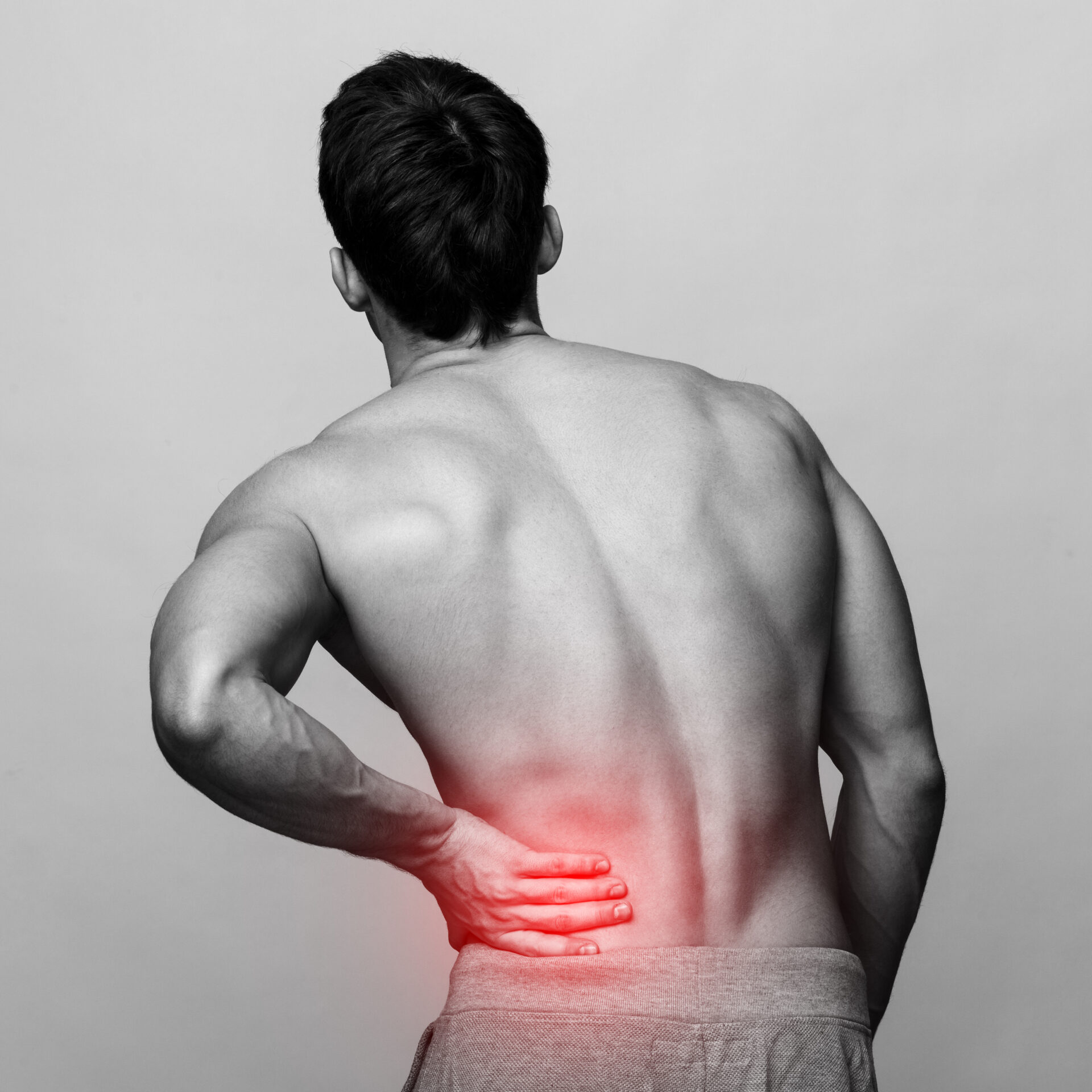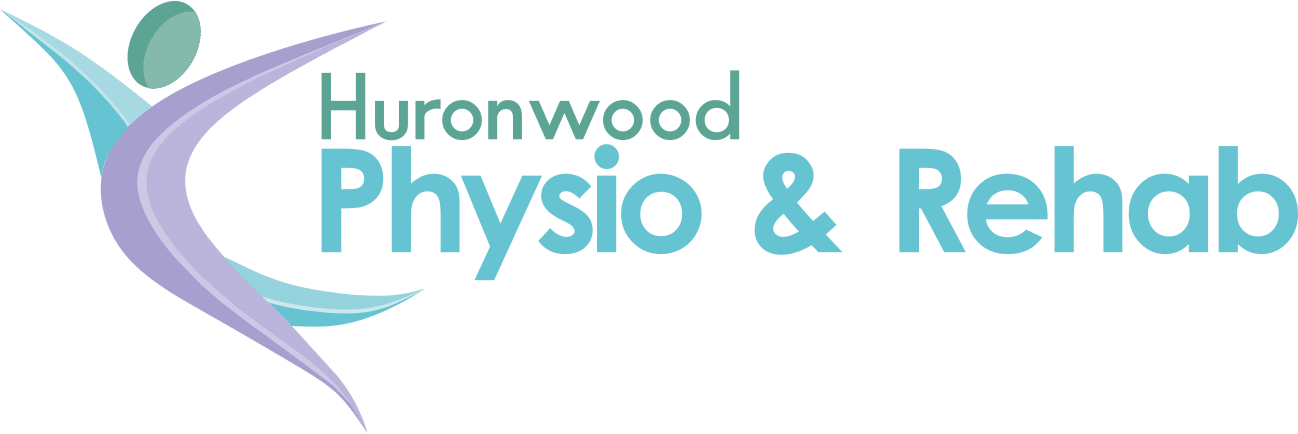Back Pain Treatment: Relieve Pain and Improve Functionality
Back pain manifests in a spectrum of sensations, ranging from a persistent muscle ache to sharp, shooting, burning, or stabbing discomfort. It might even extend down to one’s leg or knee. Engaging in routine activities like bending, twisting, lifting, or walking can exacerbate the discomfort. Common triggers of back pain encompass muscle strain, injury, disk damage, and underlying health issues such as scoliosis and osteoporosis.
Back pain is a prevalent ailment, arising from sources like muscle strain or disk injury. It can also emerge due to specific health conditions like scoliosis and osteoporosis. Addressing mild back pain includes options like applying hot or cold compresses, seeking chiropractic adjustments, considering acupuncture, or exploring shockwave therapy.
Participating in specific activities can lead to strains or spasms, including:
- Incorrectly lifting an object
- Trying to lift an overly heavy item
- Executing sudden, awkward motions
A strain in the back muscles can appear as a sudden, sharp pain during bending or lifting, or it might progressively develop, intensifying over several days. This common injury could result in mild discomfort or even severe pain. Recovery duration can span several weeks or, in certain cases, extend to a few months.
Back pain can arise from the rupture of spinal disks, which normally provide cushioning between each vertebra. This rupture can lead to increased pressure on neighboring nerves.
A bulging disk can exert pressure on a nerve, resulting in back pain similar to that caused by a ruptured disk.
Osteoarthritis has the potential to affect different areas of the body, including the hips and lower back, potentially leading to a condition called spinal stenosis, characterized by the narrowing of the space around the spinal cord.
Irregular spinal curvature, such as scoliosis, has the potential to lead to back pain.
Osteoporosis heightens the risk of compression fractures in the spine’s vertebrae, resulting from the fragility and porous nature of the bones.
Kidney-related issues like kidney stones or infections can also be a source of back pain.
Back pain may arise from a condition like hunchback or kyphosis, caused by an abnormal curvature of the spine. The excessive rounding of the upper back can exert undue pressure on the vertebrae and discs in that region, leading to discomfort or pain.
Furthermore, the muscles in the back and neck might undergo increased strain and tension while attempting to uphold proper posture, potentially adding to the discomfort. The hunched posture could also contribute to alterations in the alignment of the spine and other body areas over time, exacerbating the problem and potentially intensifying the level of discomfort or pain.
Back pain can be greatly influenced by lifestyle choices. For instance, being overweight or obese places increased stress on the back’s joints and tissues, leading to eventual discomfort and pain.
Maintaining poor posture, especially during prolonged periods of sitting or standing, can strain muscles and contribute to persistent pain.
A lack of physical activity or a sedentary lifestyle weakens muscles and reduces the flexibility of the back’s joints, making them more susceptible to injuries and pain. Engaging in repetitive movements or overexertion from specific sports or activities can also lead to back pain by causing small injuries to the back tissues.
Incorrect lifting methods or handling heavy objects can result in sudden injuries like muscle strains or disc herniations, resulting in intense back pain.
Smoking or using tobacco products restricts blood flow and damages tissues, hindering the body’s ability to recover from injuries that contribute to back pain.
Inadequate nutrition or a diet lacking essential nutrients for bone and muscle health can weaken the tissues of the back, leading to ongoing pain.
Stress and tension can lead to muscle tightness and contribute to persistent pain, while sleep disturbances or insufficient rest can impact the body’s capacity to heal and recuperate from injuries that trigger back pain.
Lastly, the natural aging process or degenerative changes in the spine and other areas of the body can lead to persistent pain due to wear and tear on the back’s tissues and joints. Addressing these lifestyle factors is crucial for preventing and managing back pain, as they significantly influence the health, function, and support structures of the back.
With a comprehensive understanding of the common causes of back pain, let’s delve into how physiotherapy, a non-surgical and non-invasive approach, can assist in the recovery process for back pain.

Back Pain
Back discomfort is a diverse sensation that spans from a mild muscular ache to a keen, piercing, fiery, or penetrating feeling. Furthermore, this discomfort can extend down the leg or knee. Participating in actions like bending, turning, raising, staying upright, or strolling can exacerbate the ache. Several frequent sources of back discomfort encompass muscle strain or harm, disk impairment, and fundamental health conditions such as scoliosis and osteoporosis.
Back Pain Physiotherapy
Physiotherapy offers a highly effective and natural solution for managing back pain. A skilled physiotherapist collaborates closely with each patient to design a personalized treatment plan that incorporates a diverse range of techniques and exercises, all aimed at reducing pain and enhancing mobility.
A prevalent approach within back pain physiotherapy is manual therapy, wherein the therapist employs hands-on manipulation of joints and soft tissues in the affected area. This method can effectively alleviate pain, reduce stiffness and inflammation, and enhance overall joint mobility.
Exercise therapy is a crucial component of physiotherapy, encompassing specific exercises and stretches tailored to strengthen the muscles that support the back. This approach improves flexibility and helps mitigate strain on the affected area.
In addition, physiotherapists may employ various modalities, such as shockwave therapy, laser therapy, heat, ice, or electrical stimulation, to target pain and inflammation reduction.
When integrated with chiropractic care or massage therapy, back pain physiotherapy presents a comprehensive strategy for pain relief and enhanced quality of life. Collaborating with a skilled physiotherapist empowers patients to achieve sustained, long-term relief from back pain. Learn more about the wide-ranging benefits of physiotherapy by clicking here!
Chiropractic Adjustments for Back Pain Relief
Chiropractic adjustment, also referred to as spinal manipulation, is a proven approach for addressing back pain. Chiropractors employ manual techniques to manipulate the spine, joints, and soft tissues with the aim of easing pain, enhancing mobility, and facilitating the healing process.
Central to chiropractic philosophy is the belief that subluxations, or misalignments of the spine, contribute to a range of health issues, including back pain. Through spinal adjustments, chiropractors work to correct these misalignments and restore proper function to the affected back area.

Scientific research supports the effectiveness of chiropractic adjustment in treating specific forms of back pain, such as those associated with herniated discs, sciatica, and muscle strain. It can also provide relief for chronic back pain that may not respond to other treatment methods.
Chiropractic adjustment entails the precise application of controlled force by the chiropractor’s hands to the targeted area, employing a swift, thrusting motion. This process serves to realign the spine, reduce inflammation, and enhance nerve function, resulting in the alleviation of back pain.
In sum, chiropractic adjustment stands as a secure and efficacious approach to addressing back pain, especially when combined with exercise therapy, physiotherapy, or other necessary treatments. Collaborating with a skilled chiropractor empowers patients to attain enduring relief from back pain and elevate their overall quality of life

Massage therapy for back pain
Massage therapy proves to be a potent remedy for combating back pain, with notable benefits found in Swedish and deep tissue techniques. The Swedish massage employs gentle, elongated strokes that bolster circulation and induce relaxation throughout the body, effectively easing tension and reducing inflammation in the back muscles. On the other hand, deep tissue massage exerts greater pressure, targeting specific muscle groups to alleviate knots and adhesions, thereby relieving pain and mitigating stiffness in the back.
Both Swedish and deep tissue massages stimulate the release of endorphins, the body’s inherent pain-relievers, resulting in diminished pain and an elevated mood. Furthermore, massage therapy has the potential to amplify flexibility and expand your range of motion, facilitating more comfortable movement with reduced discomfort.
Embedded within a comprehensive strategy to address back pain, massage therapy harmonizes with other treatments like physiotherapy, chiropractic care, or exercise. Should you grapple with back pain, contemplating the integration of massage therapy into your treatment regimen is wise. Consult a licensed massage therapist to chart the optimal course of action tailored to your distinct requirements.
Relief with Physiotherapy in Waterloo
If you’re grappling with the burden of back pain, it’s understandable how it can significantly impact your overall well-being. However, enduring this discomfort in silence is no longer necessary. At Huronwood Physio & Rehab clinic, we present effective solutions for back pain that can alleviate your suffering and pave the way for your return to cherished activities.
Empower yourself to overcome pain’s limitations – arrange a consultation with our seasoned physiotherapists and chiropractors today. Our dedicated team, comprised of physiotherapists, chiropractors, and massage therapists, will join forces with you to craft a tailored back pain treatment strategy that caters to your unique needs, fostering enduring relief. Reach out to us to glean further insights and embark on the initial steps toward a life unburdened by pain!

